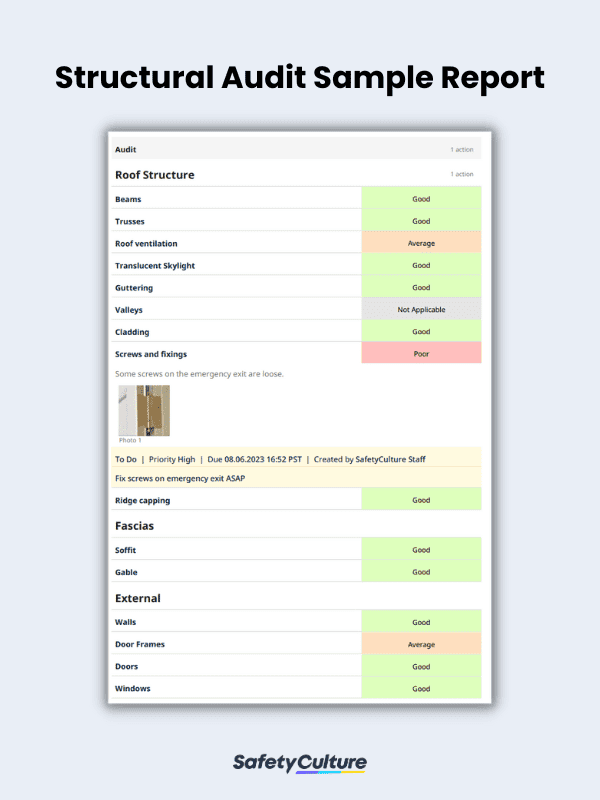What is a Structural Audit?
A structural audit is a comprehensive check or inspection of a building. By conducting a structural audit, you are examining a building’s overall condition, structure, risks, and status.
Why Do We Need a Structural Audit?
The main purpose of a structural audit is to help identify and address possible defects in a building and ensure the safety of its occupants. Depending on how a building is used and its age, certain issues may not be visible from to the naked eye, requiring a more comprehensive and up-close audit. By conducting a thorough audit, structural engineers can uncover these defects, including structural deficiencies, corrosion, foundation problems, or inadequate materials or construction techniques, thus preventing injuries, accidents, and harm.
Conducting regular structural safety audits can also help with scheduling and performing predictive and preventive maintenance tasks and repairs. By knowing what needs to be maintained and serviced ahead of time, you can prevent minor problems from escalating into major structural failures. This approach minimizes the risk of sudden collapses or accidents, reduces the likelihood of harming people, and extends the lifespan of the building.
Additionally, in many countries, specific legal and regulatory requirements exist regarding the inspection and assessment of buildings’ structural integrity. Conducting a structural audit can help stay compliant with these laws, and in turn, reduce the chances of paying penalties.
How to Conduct a Structural Audit
Different buildings and countries have different processes for how they conduct their structural audits. However, most structural safety audits are carried out following these three major steps:
- Performing a visual inspection of the building’s external appearance for obvious deformities, risks, and changes
- Doing non-destructive tests on the building such as chemical tests, shake tests, particle tests, and the like
- Analyzing findings of the tests and observations before compiling all notes into a report
- Providing recommendations for improvements
Although simplified here, a structural audit involves many details to be aware of and note down. For this reason, having a dedicated structural audit form can be very beneficial to you. Creating and managing a structural audit form and report can help better identify and address points for improvement, risks, and safety hazards. In the process, it also improves recordkeeping practices, especially if you use a digital solution that will allow you to store your structural audit forms in the cloud for easy reference anytime and anywhere.
Common Issues to Look Out For
During a structural audit, there are issues that can be identified that compromise the integrity and safety of a building. Some of the most common problems to look out for and note during a structural audit include the following:
- Foundation issues
- Cracks, corrosions, and other forms of structural deterioration
- Inadequeate, damaged, or improper reinforcements
- Hanging or lifted parts
- Unstable parts, structural design choices, and corners
- Weather-worn structural parts that now prove to be risky to humans
What to Include in a Structural Audit Report
A typical structural audit report will contain fields for the following:
- Observations on roofings
- Observations on walls
- Observations on doors, windows, ceilings, and floors
- Observations on electrical wirings
- Observations on plumbings and their connected appliances
- Observations on finishings
Here is a structural audit report sample for reference:
FAQs about Structural Audits
In some cases, only licenses civil engineers are authorized to conduct a structural safety audit. In other cases, building inspectors or engineers, or both, can do so. This can depend on your location’s standards.
Different countries and building types have different regulations on how often to conduct a structural audit. While some say conducting a structural audit every year or after certain certifications expire is ideal, the consensus is that for buildings ranging from 15 to 30 years old, doing a structural inspection at least once every 5 years will be acceptable. For buildings over 30 years old, a structural audit must be done once every 3 years.
In many countries, a structural audit is required and part of building laws or safety laws. For countries that do not legally require it, it is still strongly recommended.




